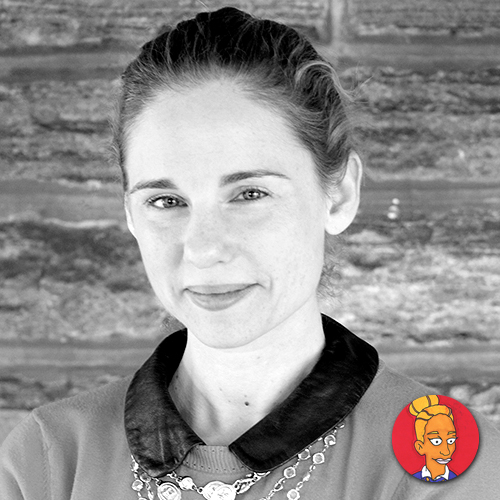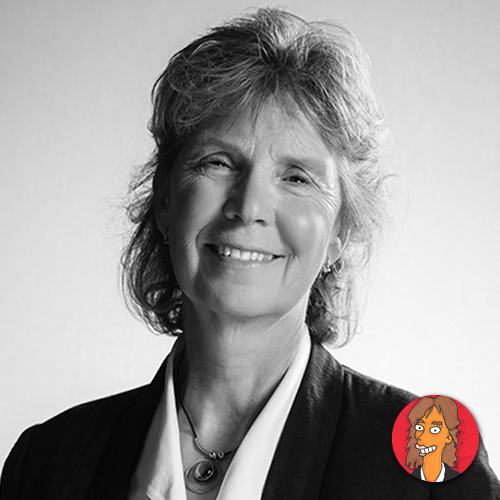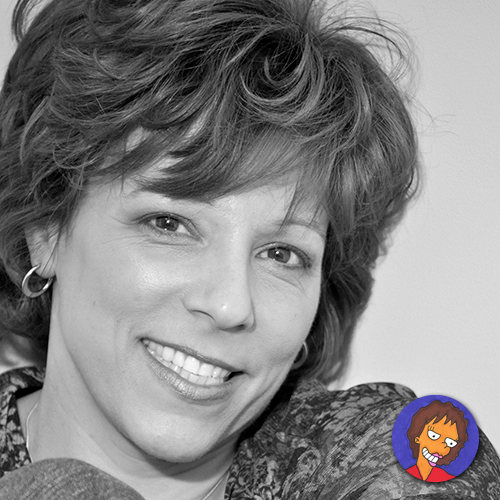Meet Jessica Harrington

Throughout the nonprofit universe, Jessica is known as one of the industry’s most dynamic and exciting fundraisers. She’s admired for her ability to pull truth and actionable recommendations from raw data, for her determination to seize every challenge as an opportunity, and for her bedrock belief that “best practices” are only the launching point for the results-boosting advances she creates. While Jessica started in the industry long before this whole “world wide web” thing — helping her clients raise more than $30 million a year — she has quickly developed a reputation for not only her direct mail prowess but her digital acumen as well. Jessica’s secret? Her relentless desire to keep learning and keep testing new ideas, new technologies, and new concepts. Jessica’s list of current and former clients is long and glowing; her successes in the field are renowned; and her willingness to “tell it like it is” is legendary.
Years in Fundraising: 24
Office: Philadelphia


























